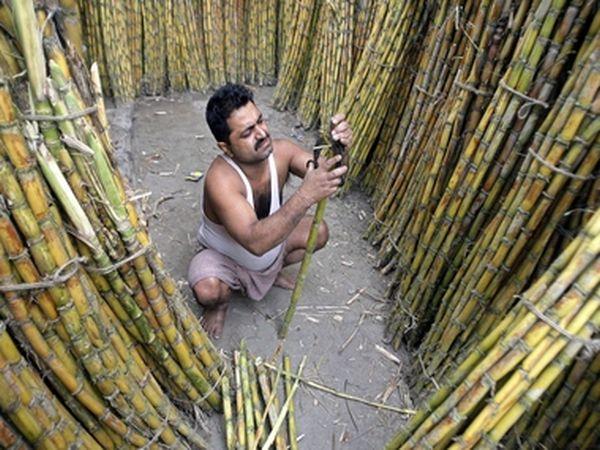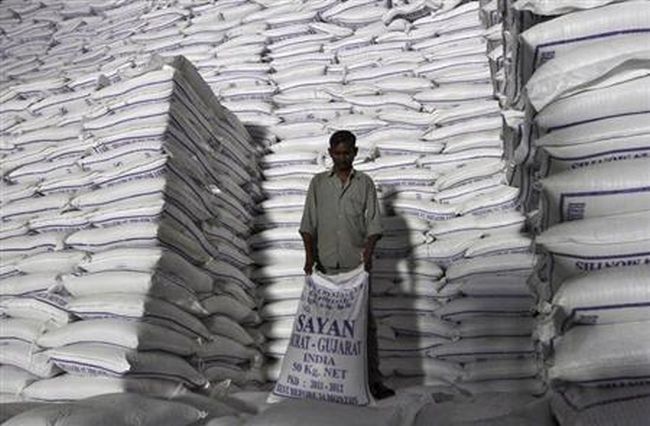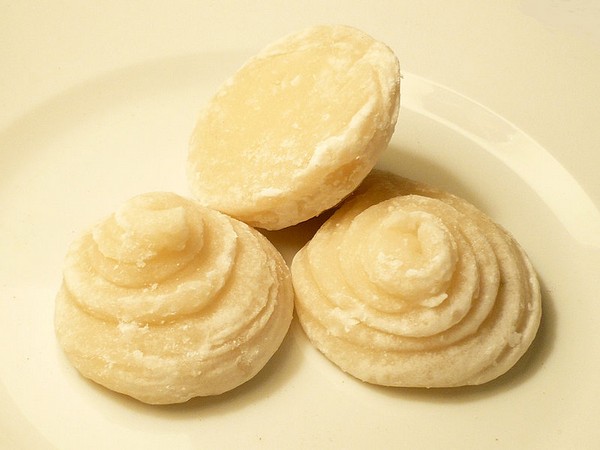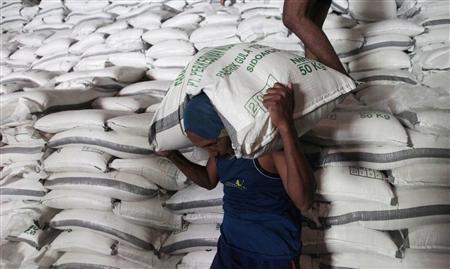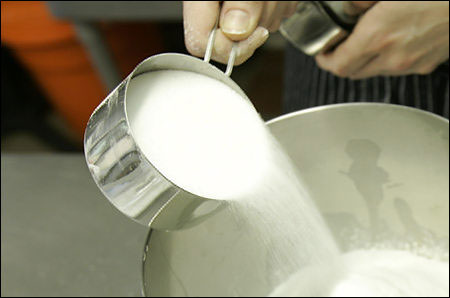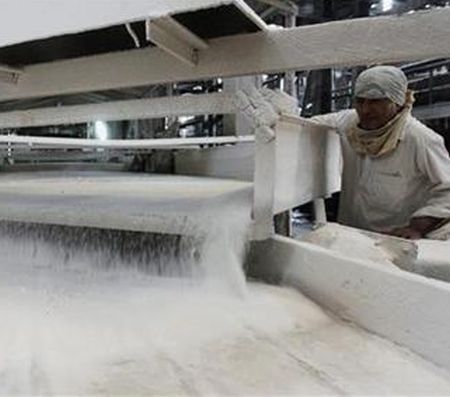 | « Back to article | Print this article |
Bad economics remains the bane of sugar sector
Bad economics, more than anything else, has blighted the Indian sugar sector.
With cane payment arrears piling up to about Rs 13,350 crore or Rs 133.50 billion (Uttar Pradesh alone accounts for Rs 10,000 crore or Rs 100 billion)), farmers should, by now, have realised arbitrary imposition of high premia over fair and remunerative price (FRP) at the state level is proving ruinous for the sugar economy.
The United Progressive Alliance government did not help the cause of the sector, the source of livelihood of about 50 million farmers and thousands of workers engaged in about 530 crushing mills and the tertiary sector, by making sugar imports easy in a glut situation.
Please click NEXT for more...
Please click here for the Complete Coverage of Budget 2014 -15
Bad economics remains the bane of sugar sector
Due to imports and bumper production since 2010-11 leaving unmanageable stocks with mills, in January, the ex-factory price of sugar collapsed to Rs 750 a quintal less than production cost.
Prices have improved since then, though these are still considerably below production costs.
The losses of mills, therefore, continue to rise.
Periodic situations such as these compromise the capacity to clear cane bills despite the fact that mills have statutory obligation to clear farmer dues within 14 days of receiving cane supplies.
Please click NEXT for more...
Please click here for the Complete Coverage of Budget 2014 -15
Bad economics remains the bane of sugar sector
Delicate constitution
Due to imports and bumper production since 2010-11 leaving huge stocks with mills, in January, the ex-factory price of sugar collapsed to Rs 750 a quintal less than production cost.
The Centre announced an additional grant of interest-free loans of Rs 4,400 crore (Rs 44 billion) to factories for settlement of cane dues; it also raised import duty from 15 per cent to 40 per cent.
It extended export subsidy of Rs 3,300 a tonne till September and announced increasing blending of cane by-product ethanol with petrol from five per cent to 10 per cent.
Please click NEXT for more...
Please click here for the Complete Coverage of Budget 2014 -15
Bad economics remains the bane of sugar sector
Fortunately, the heavily-in-the-red sector has started receiving the right kind of attention from the National Democratic Alliance government.
The Centre announced a slew of steps, including an additional grant of interest-free loans of Rs 4,400 crore (Rs 44 billion) to factories for settlement of cane dues; raising import duty from 15 per cent to 40 per cent which, however, is much lower than the World Trade Organisation-bound import duty of 60 per cent; extension of export subsidy of Rs 3,300 a tonne till September, ending uncertainty of its renewal every two months; and increasing blending of cane by-product ethanol with petrol from five per cent to 10 per cent.
Please click NEXT for more...
Please click here for the Complete Coverage of Budget 2014 -15
Bad economics remains the bane of sugar sector
Food Minister Ram Vilas Paswan rightly says higher import duty will not have any bearing on domestic prices, as a "sugar-surplus India is not import-dependent."
Now, he might seek duty-free imports under the advance licence scheme be passed through the motion of re-export in a much shorter span, compared to the current 18 months.
The stock market's immediate reaction was positive. "No doubt the incentives will herald better times for the sector.
But for its sustainable good health, the government will have to give effect to the recommendation of the Rangarajan committee that the revenue in the sugarcane value chain be shared between farmers and milling units in the ratio of their relative costs," says Om Prakash Dhanuka, former president of Indian Sugar Mills Association (Isma).
Please click NEXT for more...
Please click here for the Complete Coverage of Budget 2014 -15
Bad economics remains the bane of sugar sector
The committee said the ideal value-sharing ratio was 70 per cent for farmers and 30 per cent for mills.
Also, the value is to be the cumulation of the revenue derived from sugar and its three major by-products - bagasse, molasses and press mud.
For the cane sugar price linkage formula to work seamlessly, farmers are to be guaranteed FRP payments, irrespective of the sugar market behaviour.
In case the revenue garnered from sugar and its by-products sales in a particular season warrants higher payments to farmers, they will be entitled to a second payment.
Isma says the linkage system is working well in Brazil, the world's largest sugar producer.
Also, farmers and crushing units in Thailand are benefiting from the safety net the government of that country has created on the linkage platform.
Please click NEXT for more...
Please click here for the Complete Coverage of Budget 2014 -15
Bad economics remains the bane of sugar sector
The Thai government has a cane and sugar fund to bail out farmers and mills in a bad season.
The challenge for India is to get states such as Uttar Pradesh to accept FRP and the linkage formula and discontinue the practice of fixing 'state-advised prices'.
Paswan has sent out a strong message to errant states, saying the "unremitting UP crisis is its own making".
While fixing cane FRP for a season, the Commission for Agricultural Costs and Prices considers three factors - production costs, the risk involved in growing cane and the remunerative return to farmers.
The government has fixed FRP for the sugar season starting October this year at Rs 220 a quintal, linked to a basic recovery of 9.5 per cent, a rise of Rs 10 compared to 2013-14. India has about five million hectares under cane cultivation.
Please click NEXT for more...
Please click here for the Complete Coverage of Budget 2014 -15
Bad economics remains the bane of sugar sector
Unless cane growers are remunerated adequately, they will be provoked into committing their land to other crops.
This, however, is not the reason why some states arbitrarily fix very high rates for cane, without considering the capacity of mills to pay. .
State-level politicians extend patronage to secure votes of millions of farmer families. No wonder sugar remains among the most politicised commodities.
Introduction of value sharing between farmers and factories holds the promise of ridding the sugar economy of many of its ills.
Along with this, the government should also consider the fixing minimum support prices for sugar, with a provision that whenever prices tend to soar, it will intervene.
A buffer stock will be created from whatever the government procures in a bearish market. This buffer will prove useful in case of shortages.
Please click here for the Complete Coverage of Budget 2014 -15
